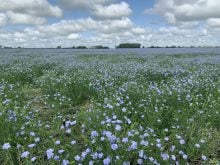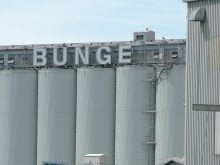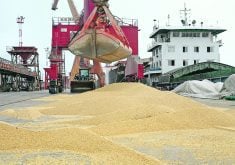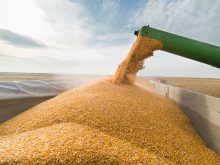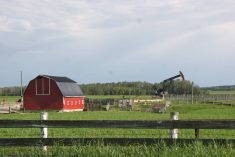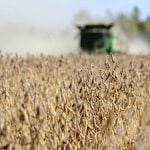After years of languishing in relative obscurity, winter cereals could soon be getting more attention.
Oct. 1, Saskatchewan growers will begin paying a 50-cents-per-tonne refundable checkoff to finance research into varietal development, agronomic practices and marketing of winter cereals.
Jake Davidson, executive director of the fledgling Saskatchewan Winter Cereals Development Commission, said the commission will probably wait until the end of its first year of operation before deciding how to spend the levy on all commercial transactions involving winter wheat, fall rye and triticale.
“There’s no sense giving it out $2,000 at a time,” he said, adding that grants to researchers will probably be in the range of $15,000 to $20,000.
Read Also
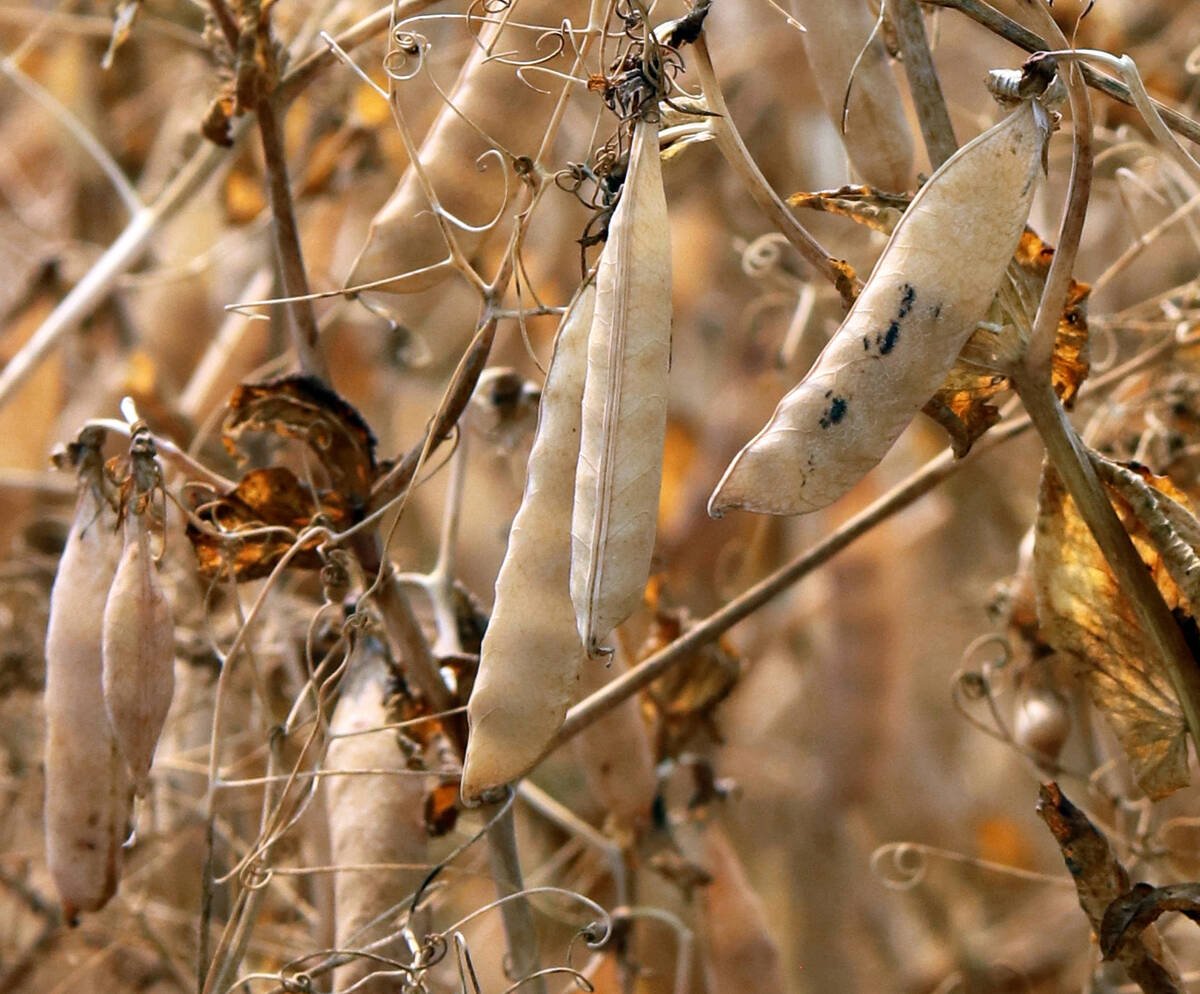
Trump’s tariffs take their toll on U.S. producers
U.S. farmers say Trump’s tariffs have been devastating for growers in that country.
The commission will solicit research proposals from winter cereal breeders at institutions like Agriculture Canada and the University of Saskatchewan.
Commission chair Rod Fedoruk of Kamsack, Sask., said the commission will make market development one of its first priorities.
“That’s where we’re going to put our emphasis right now because I think we’re on the verge of some changes for winter cereals with regard to the ethanol industry,” he said.
The commission expects to collect about $150,000 annually, although it will probably take in only $50,000 to $70,000 this year because much of the winter wheat will have moved through the system before the implementation of the checkoff.
Producers in Manitoba will vote this fall or winter on whether to implement a similar levy there.
Alberta has it own checkoff to support the Alberta Winter Wheat Producers Commission.
Fedoruk said winter cereals have long been the poor sister of spring wheat when it comes to research, noting there are only about three plant breeders working in Western Canada on winter wheat.
“There’s been a real lack of funding,” he said.
Last year prairie farmers planted about 750,000 acres of winter wheat and 290,000 acres of fall rye. Figures for triticale were not available, but the previous five years averaged around 170,000 acres.
For winter wheat, Manitoba led the way with 320,000 acres, followed by Saskatchewan at 275,000 and Alberta with 120,000.
Fall rye acreage was 145,000 acres in Saskatchewan, 80,000 in Manitoba and 65,000 in Alberta.



